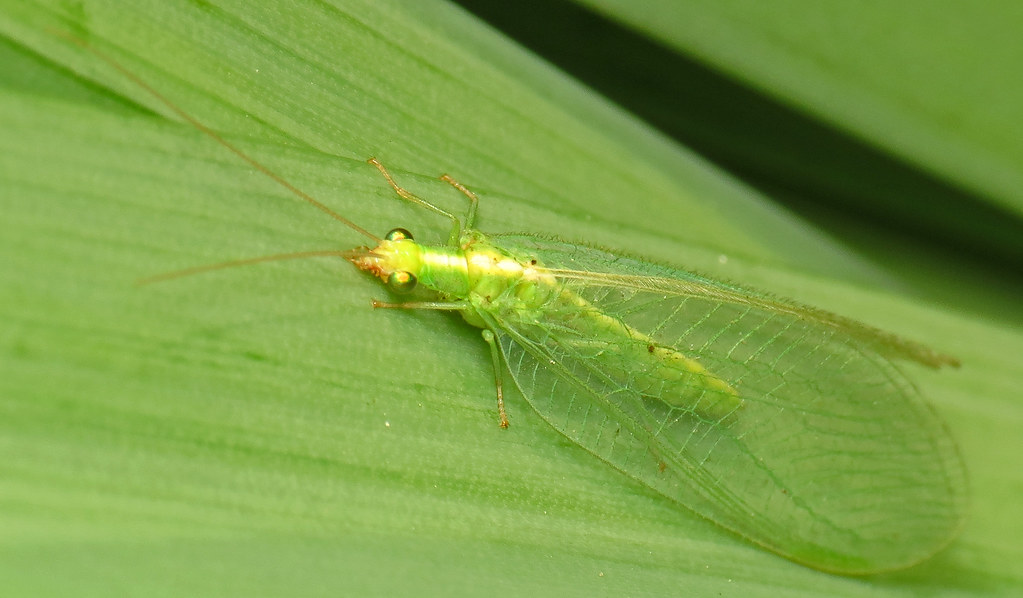Imagine walking through a garden where every leaf, stem, and branch carries secret messages. While we hear only silence, an entire world of communication pulses through the plants around us—invisible highways of vibration carrying urgent news from one tiny creature to another. In this hidden realm, insects have mastered an ancient art that predates human language by millions of years, turning the very plants they live on into sophisticated communication networks.
The Silent Symphony Beneath Our Feet
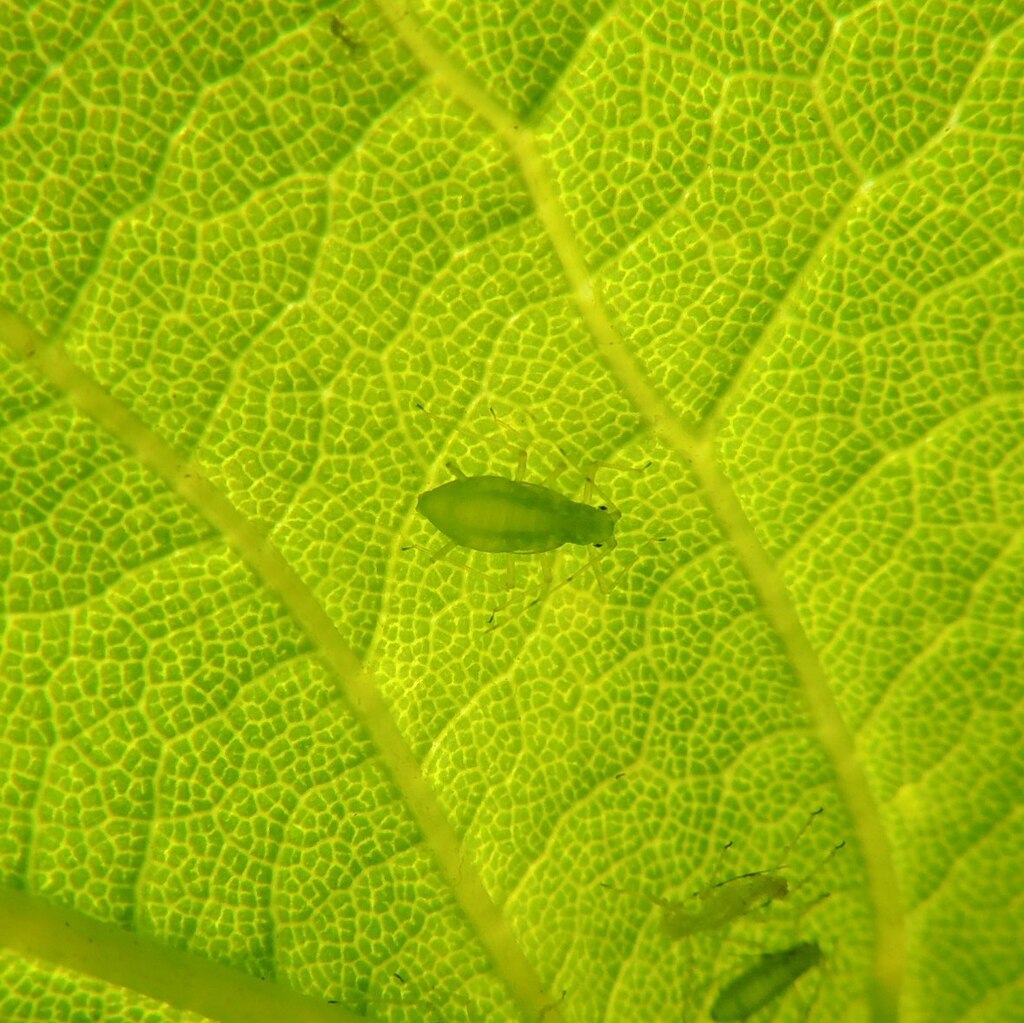
Every time you brush against a plant, you’re potentially disrupting conversations more complex than anything happening in a busy coffee shop. Scientists have discovered that numerous insect species use plants as their personal telephone system, sending vibrations through stems, leaves, and roots to communicate everything from mating calls to danger warnings. These vibrational messages travel through plant tissues at speeds that would make our internet jealous—some signals race through stems at over 100 meters per second. The insects don’t just randomly shake plants; they’ve evolved sophisticated techniques to generate specific frequencies, amplitudes, and patterns that carry distinct meanings.
Nature’s First Telegraph System
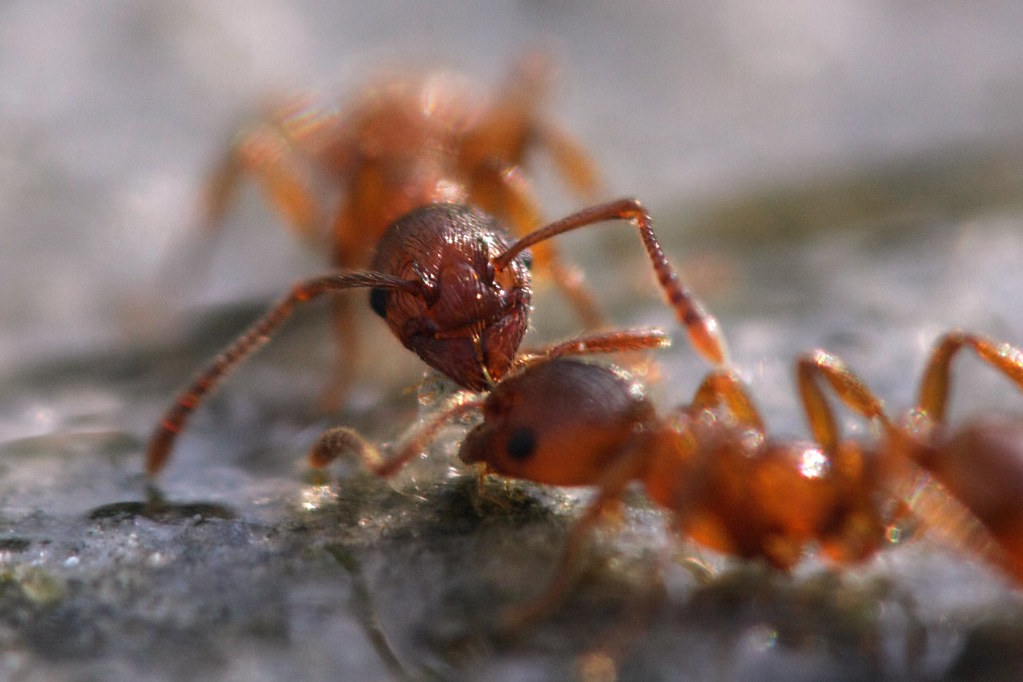
Long before humans invented the telegraph, insects were already masters of long-distance communication through solid mediums. Plant stems act like biological fiber optic cables, carrying vibrational signals with remarkable efficiency and clarity. Unlike sound waves that dissipate quickly in air, these substrate-borne vibrations can travel substantial distances without losing their essential information. The physics behind this communication method is elegantly simple yet incredibly effective. When an insect creates vibrations on a plant, these mechanical waves propagate through the plant’s vascular system, following the natural architecture of stems and branches. Different plant species have varying transmission properties, which insects have learned to exploit for optimal communication.
The Stink Bug’s Percussive Language
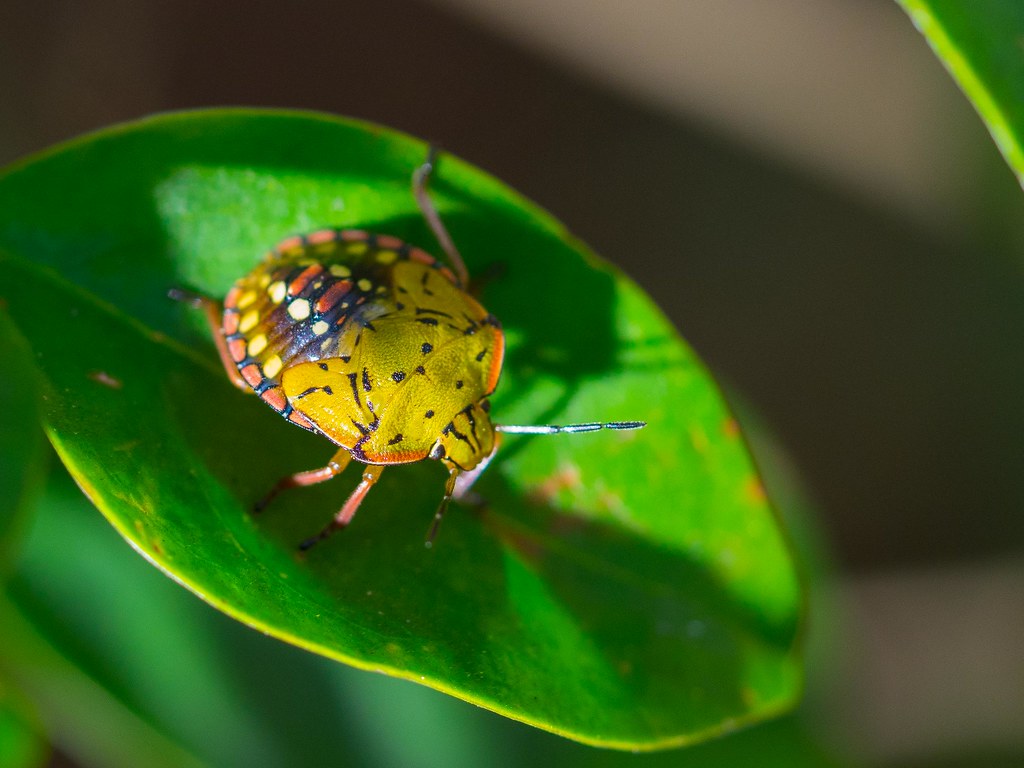
Stink bugs have turned plant communication into a fine art, using their abdomens like tiny drummers to create complex rhythmic patterns. These “percussion instruments” can generate dozens of different signal types, each with specific meanings understood by other stink bugs in their vicinity. Mother stink bugs use gentle tapping patterns to guide their newly hatched nymphs to food sources, while males produce aggressive drumming sequences to ward off rivals. Research has shown that stink bug vibrations can carry for distances exceeding 100 centimeters along plant stems—an impressive feat considering their small size. The insects can even adjust their signal strength based on environmental conditions, producing stronger vibrations during windy conditions when background noise might interfere with their messages.
Spider Webs as Vibrational Highways
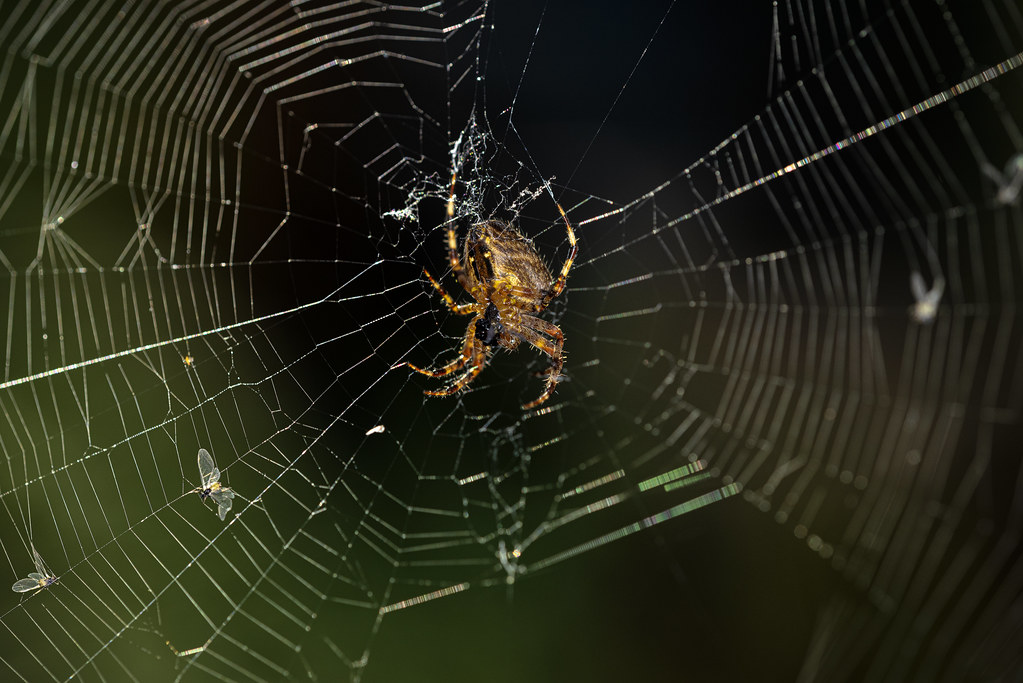
While not technically insects, spiders have perfected the art of vibrational communication in ways that put many insects to shame. Their webs function as sophisticated communication networks, with different silk threads tuned to carry specific types of information. Male spiders must learn the precise “knock” pattern to avoid being mistaken for prey when approaching a female’s web. Some spider species can distinguish between vibrations caused by struggling prey, potential mates, and threatening predators, all through subtle differences in vibrational patterns. This ability has evolved to such precision that spiders can identify the size and type of prey caught in their web without ever seeing it, simply by analyzing the vibrations transmitted through their silk strands.
Leafhopper Love Songs Through Stems
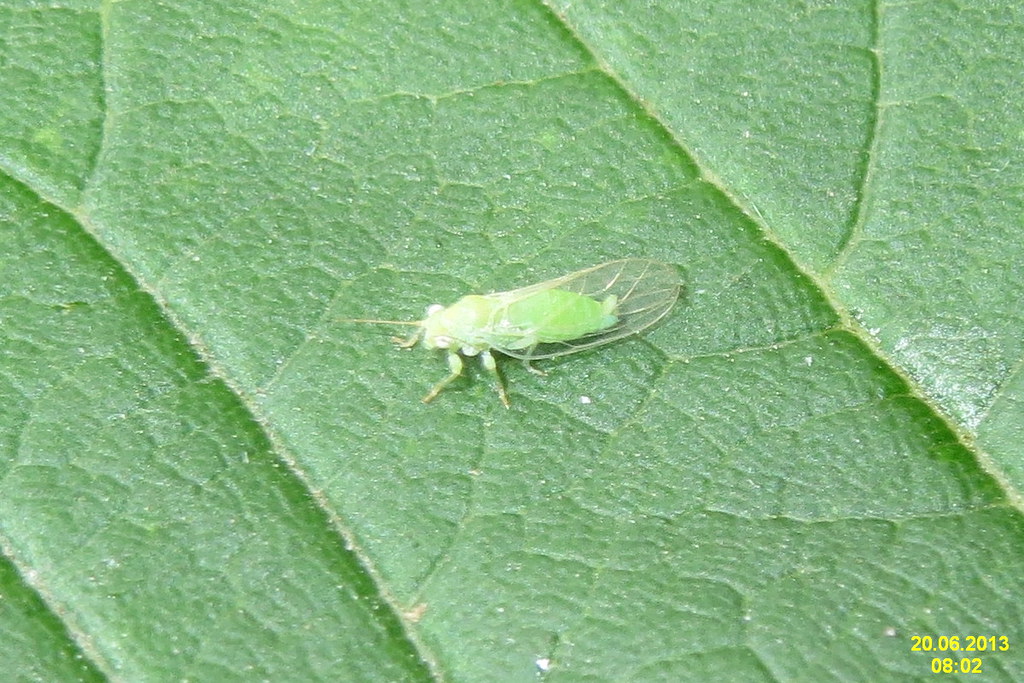
Leafhoppers have developed one of the most romantic uses of plant-mediated communication, creating elaborate courtship serenades that travel through plant stems. Males produce species-specific vibrational patterns that function like musical signatures, advertising their fitness and genetic quality to potential mates. These “love songs” can continue for hours, with males persistently drumming their messages until a receptive female responds. The complexity of leafhopper communication rivals that of many bird songs, with distinct phrases, rhythms, and even “dialects” that vary between populations. Females can be remarkably choosy, responding only to males whose vibrational patterns meet their exacting standards for tempo, frequency, and duration.
Planthopper Engineering Marvels
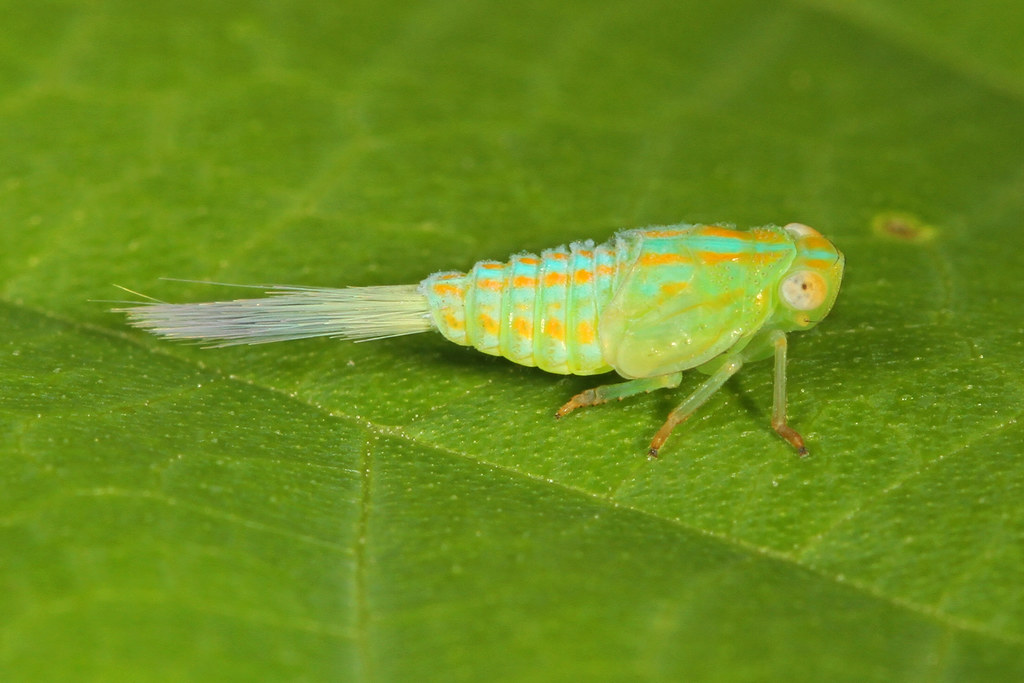
Planthoppers have evolved specialized body structures that function like biological violins, using their modified wings and body segments to create precisely tuned vibrations. These insects can generate frequencies ranging from barely audible rumbles to ultrasonic chirps, depending on their species and the message they want to convey. Some planthoppers have even developed the ability to create harmonic overtones, adding layers of complexity to their vibrational communications. The engineering behind planthopper sound production is so sophisticated that biomimicry researchers are studying these insects to develop new types of micro-acoustic devices. Their ability to generate powerful vibrations relative to their body size has inspired innovations in miniature speaker technology and vibration-based sensors.
The Aphid Early Warning System
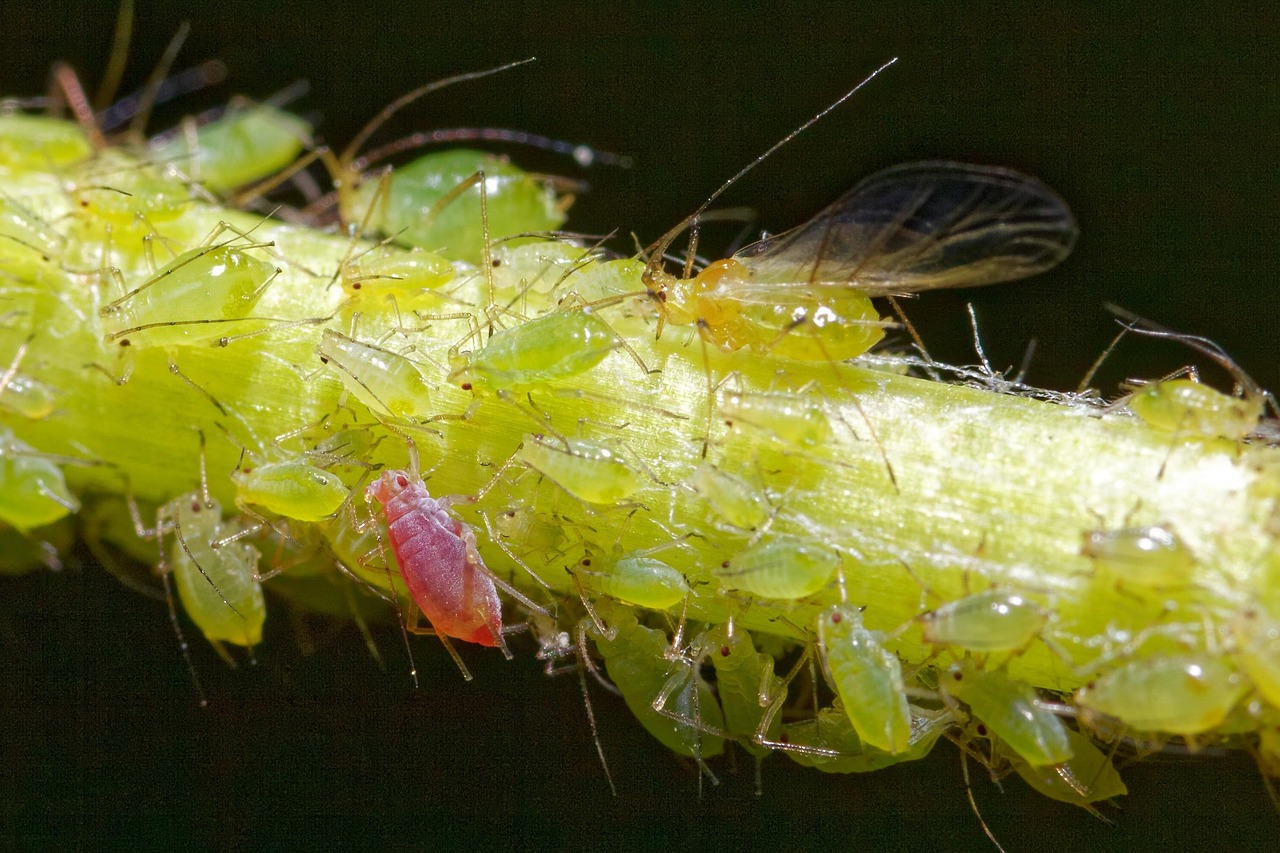
Aphids have turned plant stems into sophisticated alarm systems, using specific vibrational patterns to warn their colonies of approaching predators. When a ladybug or other predator approaches, aphids can rapidly transmit danger signals through the plant, causing entire colonies to respond within seconds. This collective defense mechanism dramatically improves survival rates for these soft-bodied insects. The speed of aphid alarm communication is truly remarkable—warning signals can travel through plant tissues faster than the predator can move, giving distant aphids precious time to escape or prepare defensive responses. Some aphid species have even developed false alarm protocols, using deceptive vibrations to confuse eavesdropping predators.
Caterpillar Territorial Disputes
Many caterpillar species use plant-transmitted vibrations to establish and defend territories, engaging in sophisticated battles fought entirely through vibrational signals. These disputes can involve complex back-and-forth exchanges of aggressive vibrations, with each caterpillar trying to intimidate their opponent through increasingly intense drumming patterns. The winner of these vibrational contests gains access to the best feeding sites and shelter locations. Some caterpillars have evolved the ability to recognize individual rivals through their unique vibrational signatures, allowing them to avoid unnecessary conflicts with particularly aggressive neighbors. This recognition system helps reduce energy expenditure on territorial disputes while maintaining effective resource defense.
The Physics of Plant-Based Communication
The transmission of vibrational signals through plants follows complex physical principles that insects have intuitively mastered through millions of years of evolution. Plant stems act as natural waveguides, with their cellular structure and water content affecting how vibrations propagate. Different frequencies travel at different speeds through plant tissues, and insects have learned to exploit these properties for more effective communication. Environmental factors like temperature, humidity, and plant health dramatically influence signal transmission quality. Insects have evolved remarkable adaptability, adjusting their communication strategies based on real-time feedback about transmission conditions. This flexibility allows them to maintain effective communication even when environmental conditions are less than ideal.
Frequency Filtering and Signal Processing
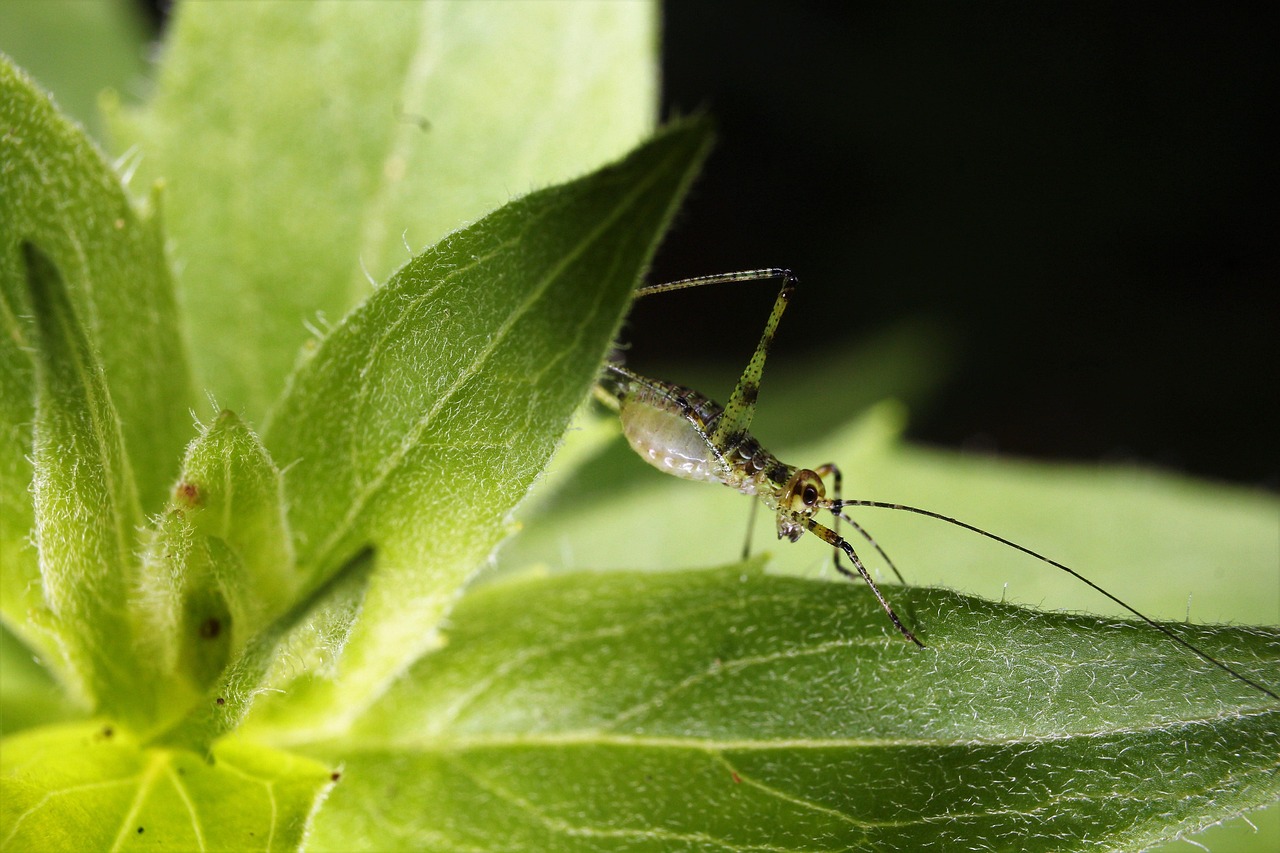
Plants themselves act as sophisticated biological filters, allowing certain frequencies to pass through while dampening others. Insects have evolved to work within these natural frequency windows, producing vibrations that travel efficiently through their host plants. This co-evolution between insects and plants has resulted in communication systems that are perfectly tuned to their specific botanical environments. Different plant species have distinct vibrational properties, leading to specialized insect-plant communication partnerships. Some insects can only communicate effectively on certain types of plants, while others have developed broader frequency ranges that allow them to communicate across multiple plant species.
Predator-Prey Dynamics in the Vibrational World
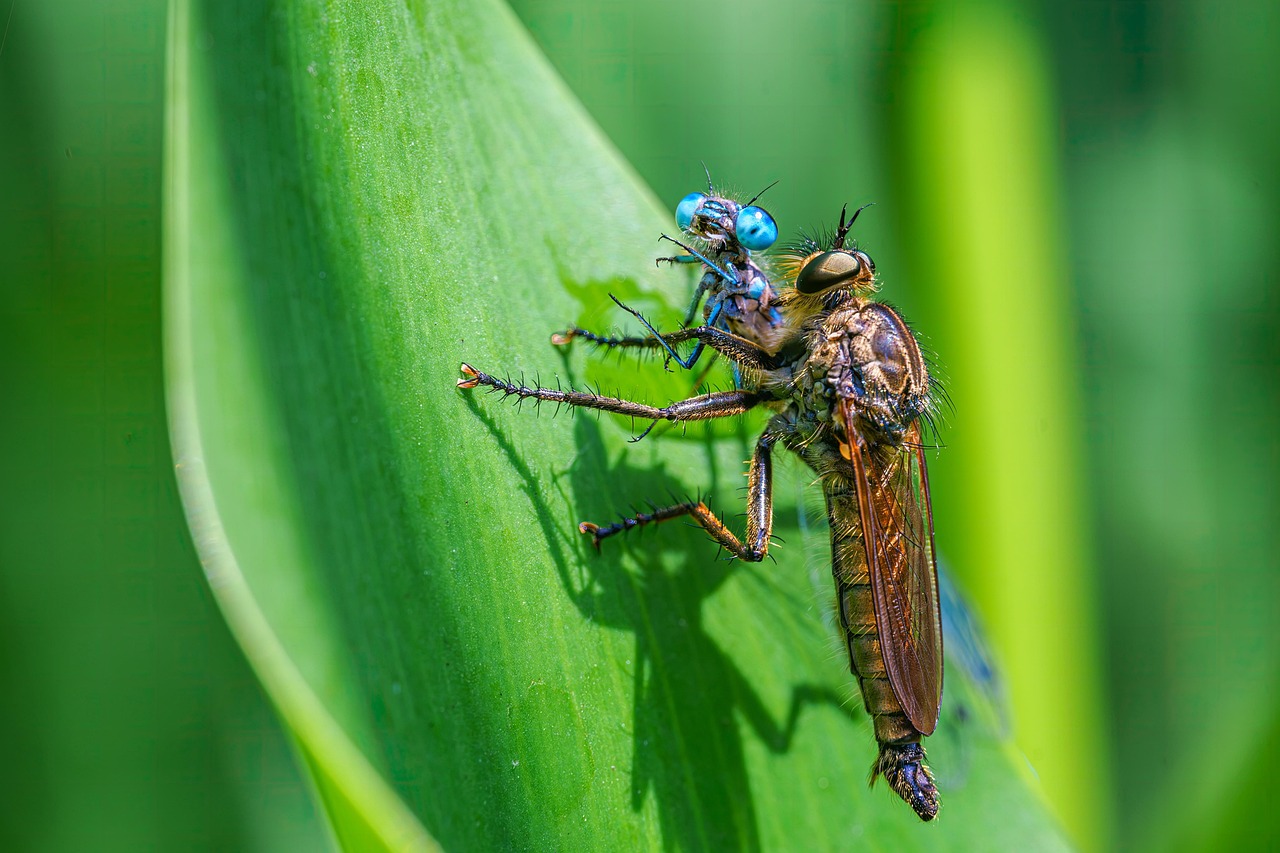
The world of plant-mediated communication isn’t just about friendly conversations—it’s also a battlefield where predators and prey engage in sophisticated games of detection and deception. Some predatory insects have evolved the ability to eavesdrop on prey communication, using these intercepted signals to locate their next meal. This evolutionary arms race has led to increasingly complex communication strategies on both sides. Prey species have developed countermeasures including signal encryption, frequency hopping, and even the ability to detect predator vibrations and respond accordingly. Some insects can distinguish between vibrations caused by predators versus those created by potential mates or territorial rivals, allowing them to respond appropriately to different threats.
Seasonal Communication Patterns

Insect vibrational communication follows distinct seasonal patterns that reflect changing environmental conditions and life cycle requirements. Spring brings an explosion of mating-related vibrations as insects emerge from dormancy and begin seeking partners. Summer communication focuses more on territorial disputes and resource competition, while autumn signals often relate to migration preparation and overwintering strategies. These seasonal patterns have evolved to minimize interference between different communication purposes, with mating calls typically occurring at different times or frequencies than alarm signals. This temporal and spectral separation allows multiple communication functions to coexist without creating confusion.
The Future of Studying Insect Vibrations

Modern technology is finally catching up to the sophistication of insect vibrational communication, with researchers developing increasingly sensitive equipment to detect and analyze these subtle signals. Laser vibrometry, accelerometers, and specialized microphones are revealing communication complexity that was previously invisible to human observation. These technological advances are opening new frontiers in our understanding of insect behavior and ecology. The practical applications of this research extend far beyond basic science, with potential applications in pest management, pollinator conservation, and even the development of new communication technologies. Understanding how insects use plants as communication networks could lead to more effective and environmentally friendly approaches to agricultural pest control.
Conservation Implications
The destruction of plant communities doesn’t just eliminate habitat—it literally destroys the communication infrastructure that insects depend on for survival. When we clear forests or fragment landscapes, we’re essentially cutting the telephone lines that connect insect populations. This communication disruption can have cascading effects on reproduction, predator avoidance, and social coordination. Conservation efforts must consider the vibrational communication needs of insects, ensuring that protected areas maintain the plant diversity and connectivity necessary for these sophisticated communication networks. Even small-scale habitat restoration projects can have significant positive impacts by rebuilding these natural communication highways.
Conclusion
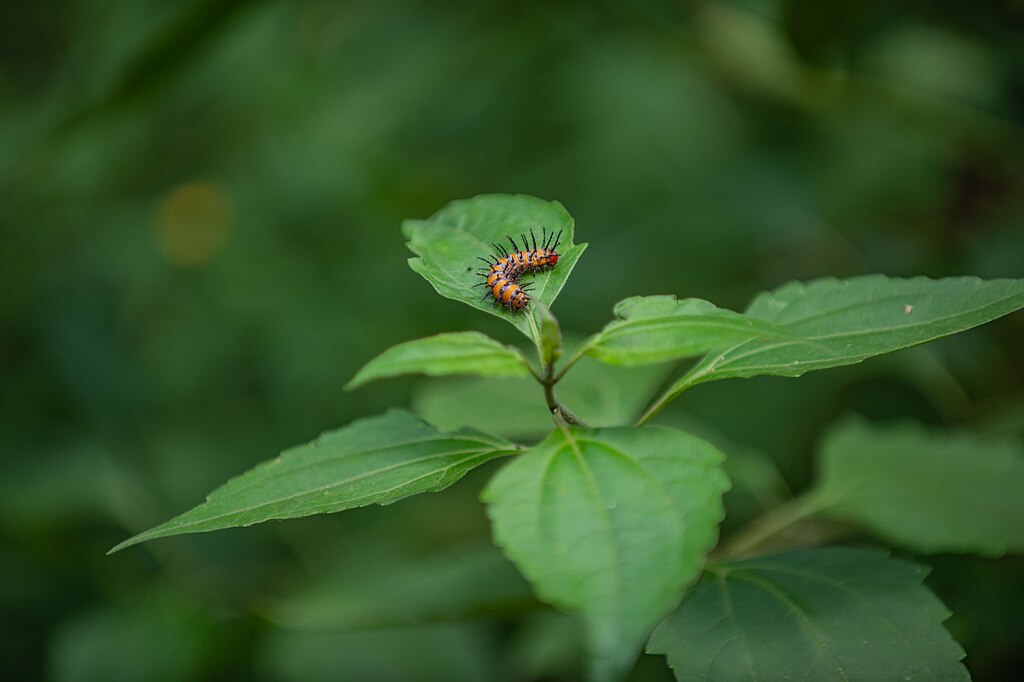
The next time you walk through a garden or forest, remember that you’re surrounded by conversations happening at frequencies and through mediums we’re only beginning to understand. Every plant stem carries messages of love, danger, territory, and survival—a constant chatter of communication that has been perfecting itself for millions of years before humans even existed. These tiny creatures have solved communication challenges that still puzzle our best engineers, using nothing more than the plants around them as their global network. What other secrets might be vibrating through the natural world, waiting for us to develop the technology and wisdom to listen?

